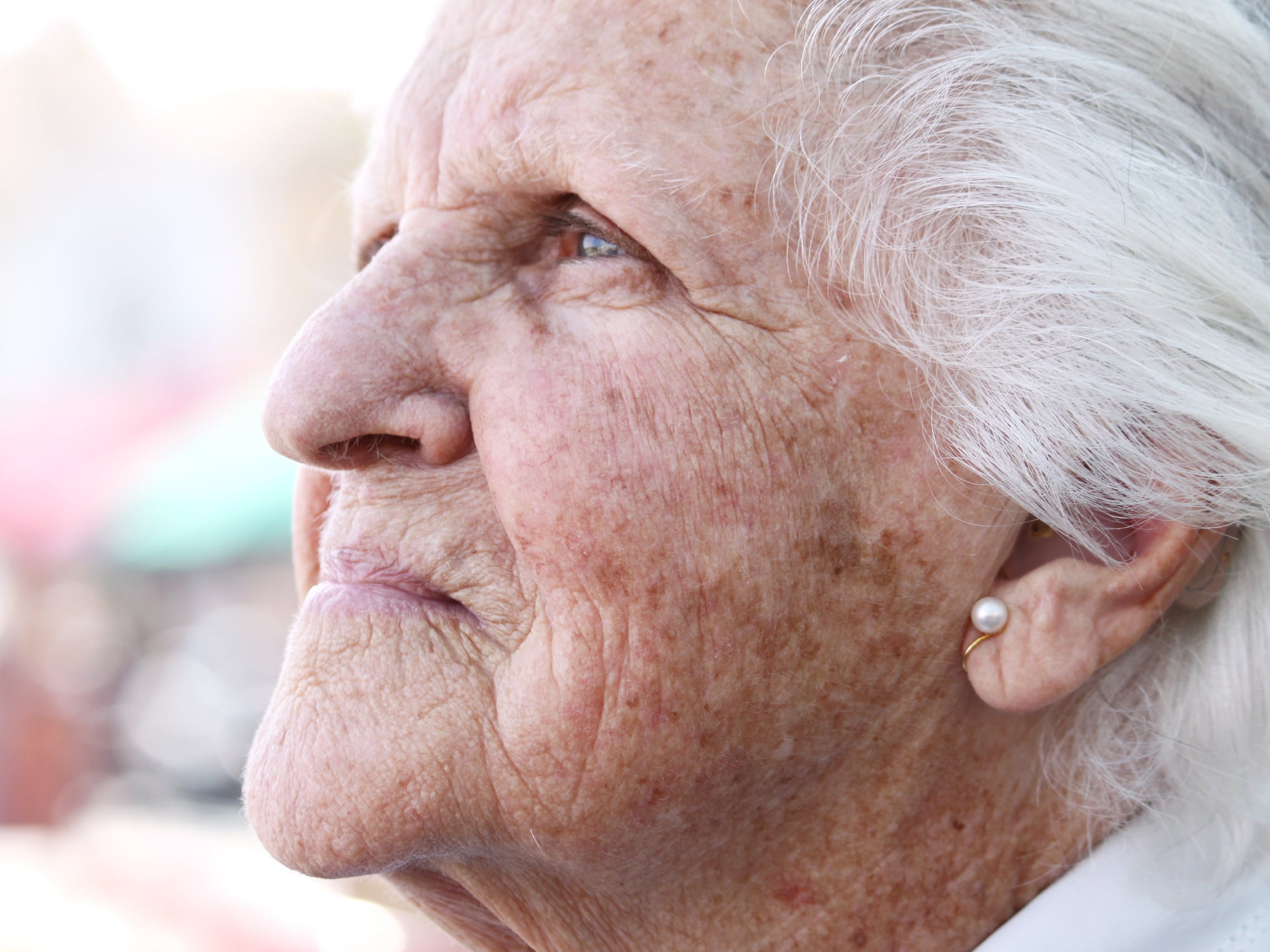What is actinic keratosis?
Actinic keratosis lesions occur on skin that has had prolonged exposure to the sun, and are a type of precancerous damage. Actinic keratoses are usually small bumpy patches of skin; they look different from surrounding areas and may be rough like sandpaper, or of a different colour (pink, red, brown, tan or silvery, for example). They can feel different too: itchy, sensitive or sore. They range in size from very small to about an inch across, and can sometimes be crusty or wart-like in appearance.
Who gets actinic keratosis?
It’s very rare to find actinic keratosis in younger people or children, because sun damage is cumulative and it can take years or even decades for the damage to develop into lesions, but some people are more vulnerable to getting this kind of skin issue than others.
Most obviously, the highest risk group are those in middle or later life, who have had years of sun exposure, either because they live somewhere hot, have worked outside a lot, and/or haven’t worn protective sunscreen, hats or clothing. People with fair skin and freckles, and those who burn easily, are more at risk than those with darker skin, although anyone can be affected. Using sun beds regularly is also a risk factor.
What happens if actinic keratosis is left untreated?
Actinic keratosis is counted as a precancerous condition, and it can indeed develop into a type of skin cancer if left untreated or unchecked over the years. Somewhere between 5-10% of actinic keratoses turn into cutaneous squamous cell carcinoma (cSCC), which is one of the most common skin cancers. CSCC is characterised by the abnormal overgrowth of skin cells, and can be disfiguring or fatal if not treated.
Luckily, actinic keratosis doesn’t turn into melanoma, a different kind of skin cancer which is more deadly than cSCC, although those who are at risk for AK are also at higher risk for melanoma. That’s because the same factors - sun exposure over years, easily burnt, fair-skinned etc - apply to both conditions.
It’s very important to get any skin changes checked out early, especially if you’re over 40 and fit into the at risk demographic. Both precancerous skin cell changes and skin cancer lesions themselves can vary hugely in appearance, so it is not easy to warn against any particular kind of blemish or spot. Instead, take notice of any change in texture, colour and sensation, especially lesions or blemishes that keep coming back in the same place, or which don’t get better.
How is actinic keratosis treated?
Treatment of actinic keratosis usually consists of one or more of the following treatments: surgery (most often cryotherapy), topical medication (in the form of creams or gels), or photodynamic therapy.
See our article What Is The Best Treatment For Actinic Keratosis? for more details about preventing and treating actinic keratosis.
Although actinic keratosis isn’t something you can treat with emollients, moisturising your skin with intensive, non-irritant creams or salves can help keep skin in good, healthy condition before and after treatment. We advise customers not to apply oil-based balms like Skin Salvation to skin exposed to direct sunlight, as the high oil content can cause burning and we don’t add sun profection to our products. Apply last thing at night instead!
Recommended products:
Balmonds Omega-Rich Cleansing Oil
with rosehip and calendula
Balmonds Daily Moisturising Cream
with shea butter and calendula
